動物園網格: 確保現代動物園的安全與福祉
三月 27, 2024
動物園網格: 保持動物和遊客的安全與快樂
動物園網格在現今的動物園中扮演著關鍵角色, 確保動物和遊客都安全且健康. 本文探討動物園網格的相關內容, 包括人們使用的材料, 為動物打造的各種類型的棲息地, 以及為何為每種動物選擇合適的網格很重要. 透過了解動物園網格, 我們可以看到它如何幫助創造一個和平且充滿學習的環境.
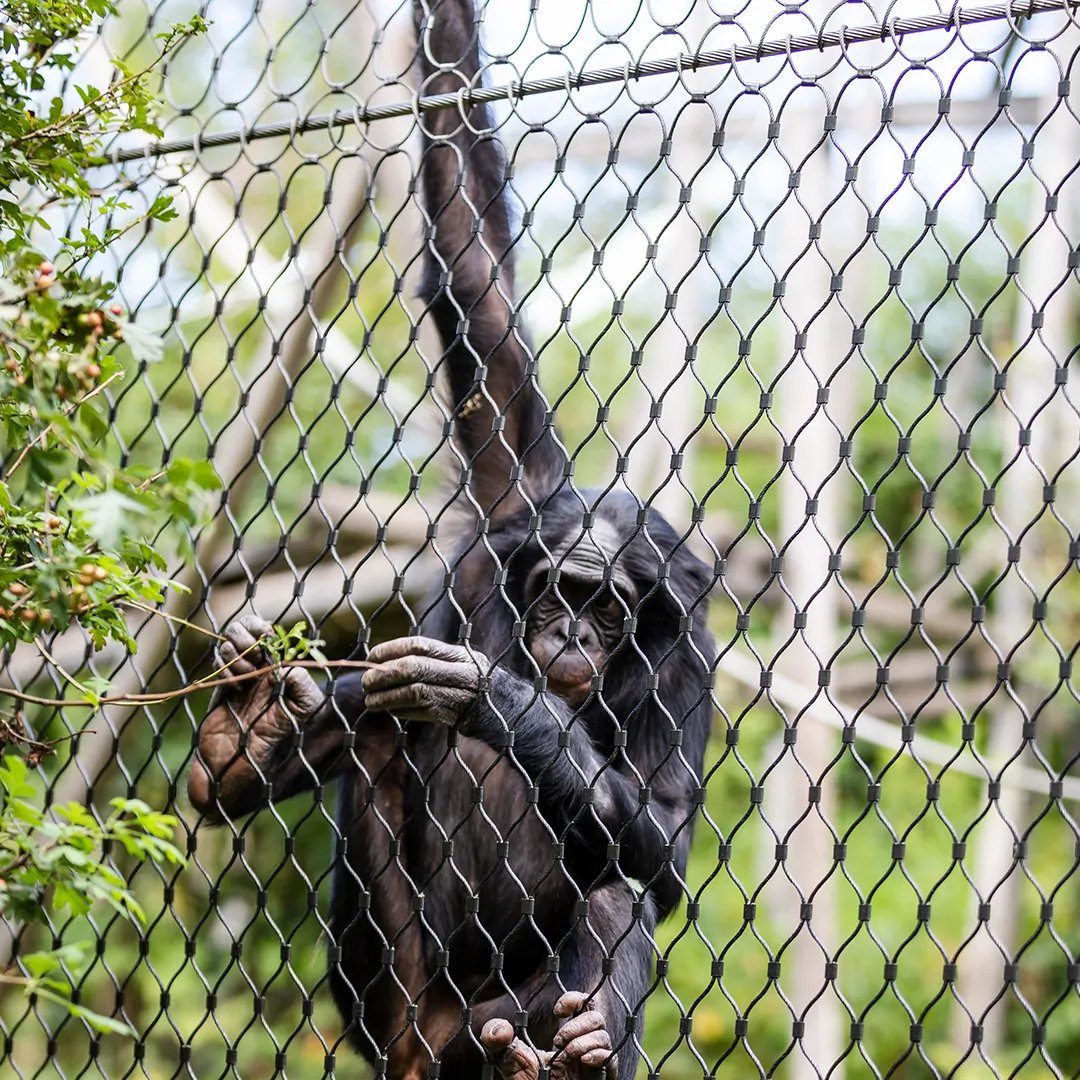
章節 1: 動物園網格的演變
1.1 早期動物園與動物圍欄 早期的動物園中, 動物通常被關在狹窄的籠子裡,空間有限且生活條件不佳. 隨著我們對動物福利的理解逐漸演進, 動物園圍欄的設計與實施也隨之改變. Modern zoos prioritize providing naturalistic habitats that promote animal welfare and stimulate natural behaviors.
1.2 The Emergence of Zoo Mesh Zoo mesh has become the go-to solution for creating safe, spacious, 和視覺上吸引人的外殼. Early zoo mesh materials included chain-link and welded wire mesh, which provided containment but were not aesthetically pleasing or animal-friendly. Advances in technology and material science have led to the development of more sophisticated, 耐用, and flexible zoo mesh options.
章節 2: Materials Used in Zoo Mesh
2.1 不銹鋼動物園網格
People often use stainless steel for zoo mesh because it’s strong, 持續時間長, and doesn’t rust easily. You can find it in different types and thicknesses, so you can pick the best one for each animal home.
2.2 Galvanized Steel
Galvanized steel costs less than stainless steel, 但它防鏽能力較差,需要更多的保養. 人們會在短期住宿或需要省錢時使用它.
2.3 鋁製動物園網
鋁網輕巧且不生鏽, 這使它非常適合鳥類或小型動物的居所. 但它沒有不鏽鋼那麼堅固, 因此可能不適合大型動物或咬力強的動物.
2.4 合成網
合成網, 由尼龍或聚酯等材料製成, 輕便且柔韌. 它適合鳥類居所,因為較柔軟,鳥兒撞到也不會受傷. 但可能不如金屬網耐用,且可能需要更頻繁更換.
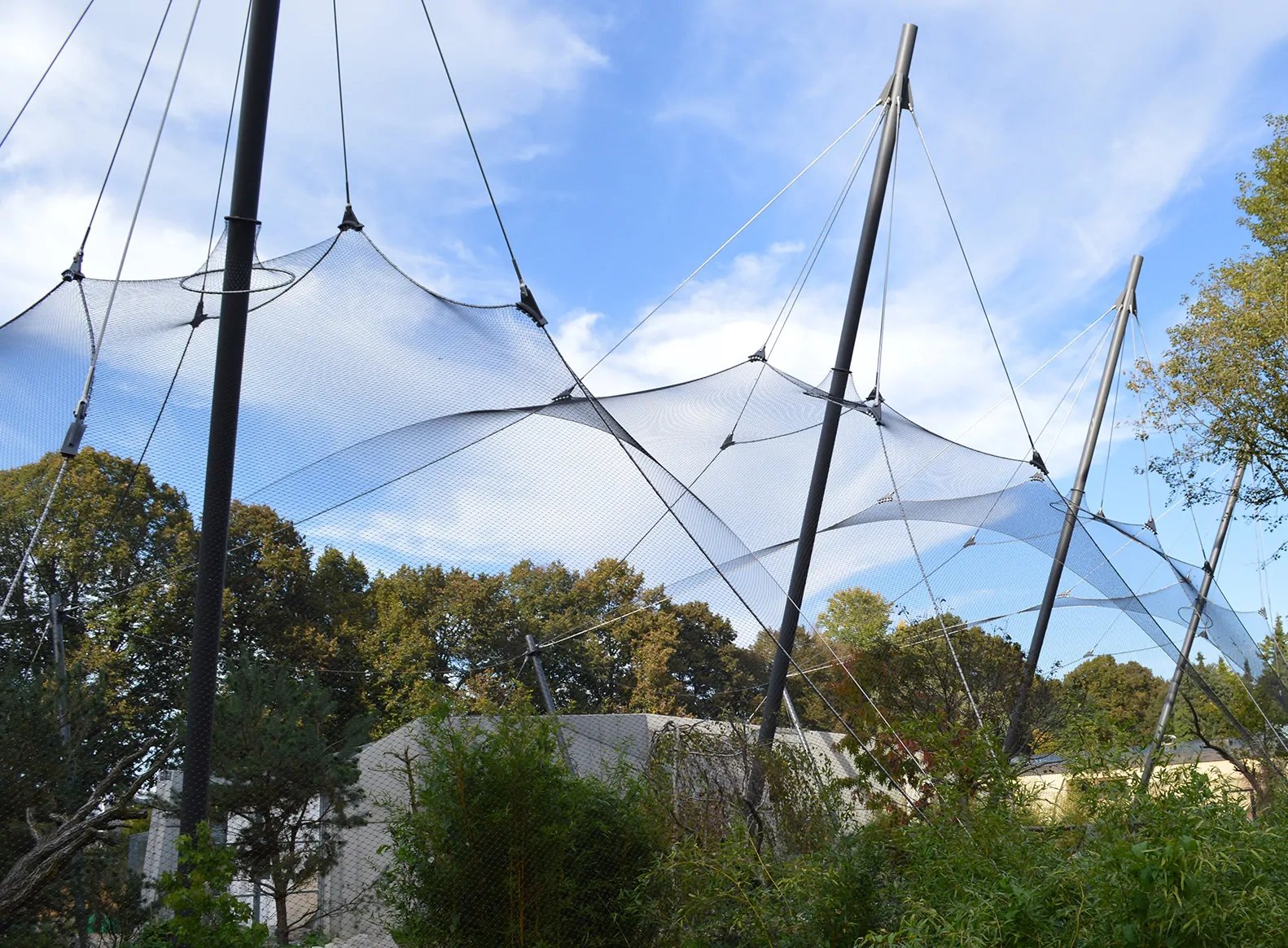
章節 3: 動物園網眼的類型
3.1 織網 織網是透過交錯編織單根金屬絲製成的, 形成一種既柔韌又耐用的材料. 這種類型的網格非常適合形狀不規則的圍欄,或當網格需要彎曲或折彎時使用.
3.2 焊接網 焊接網是由單根金屬絲在每個交叉點焊接在一起而形成的, 形成堅固且強韌的材料. 適合需要平整表面的圍欄使用, 但它比編織網柔韌性差,可能不適用於所有應用場合.
3.3 打結網 打結網是通過在每個交叉點將單根金屬絲或合成材料繩束打結而成的. 這種類型的網格靈活且堅固, 因此在需要靈活性的鳥舍及其他圍欄中很受歡迎.
3.4 膨脹金屬網 膨脹金屬網是通過切割並拉伸單片金屬製成的, 形成菱形圖案. This type of mesh is strong and provides excellent visibility but may not be suitable for all animals due to its rigid and potentially sharp edges.
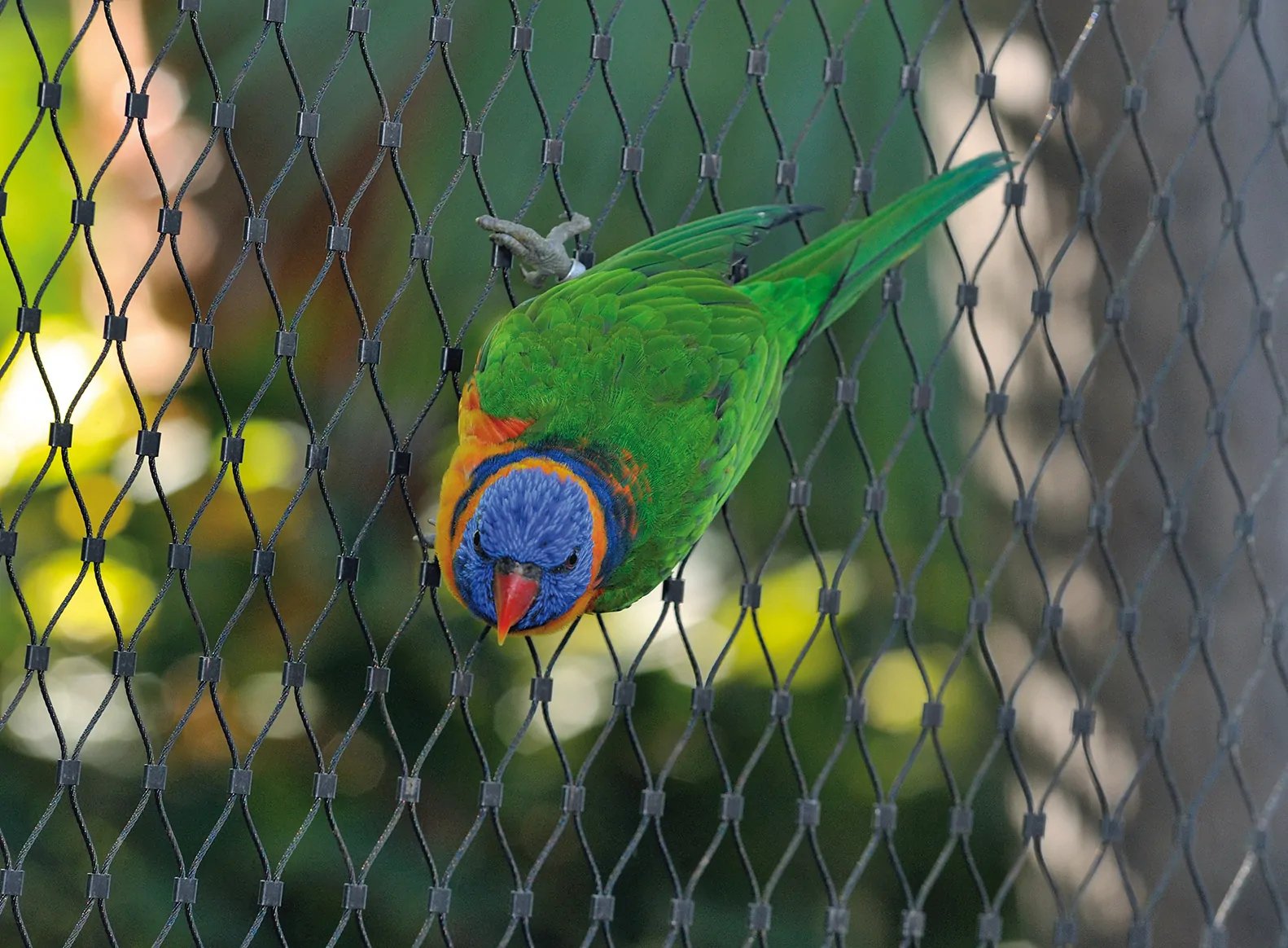
章節 4: Selecting the Right Zoo Mesh for Each Species
4.1 Picking the Right Mesh Size and Strength
When choosing zoo mesh, think about how big and strong the animals are. Bigger animals or those with strong jaws need tough, thick mesh so they can’t get out or hurt themselves. The holes in the mesh should also be small enough so animals can’t stick their heads through or get stuck.
4.2 Mesh for Climbers and Perchers
For animals that like to climb or sit up high, like monkeys and birds, you need to pick a mesh that’s safe for them to grab onto and won’t hurt them. 網眼打結或編織風格通常最適合這些動物. 它們可以舒適地攀爬或休息而不會受傷.
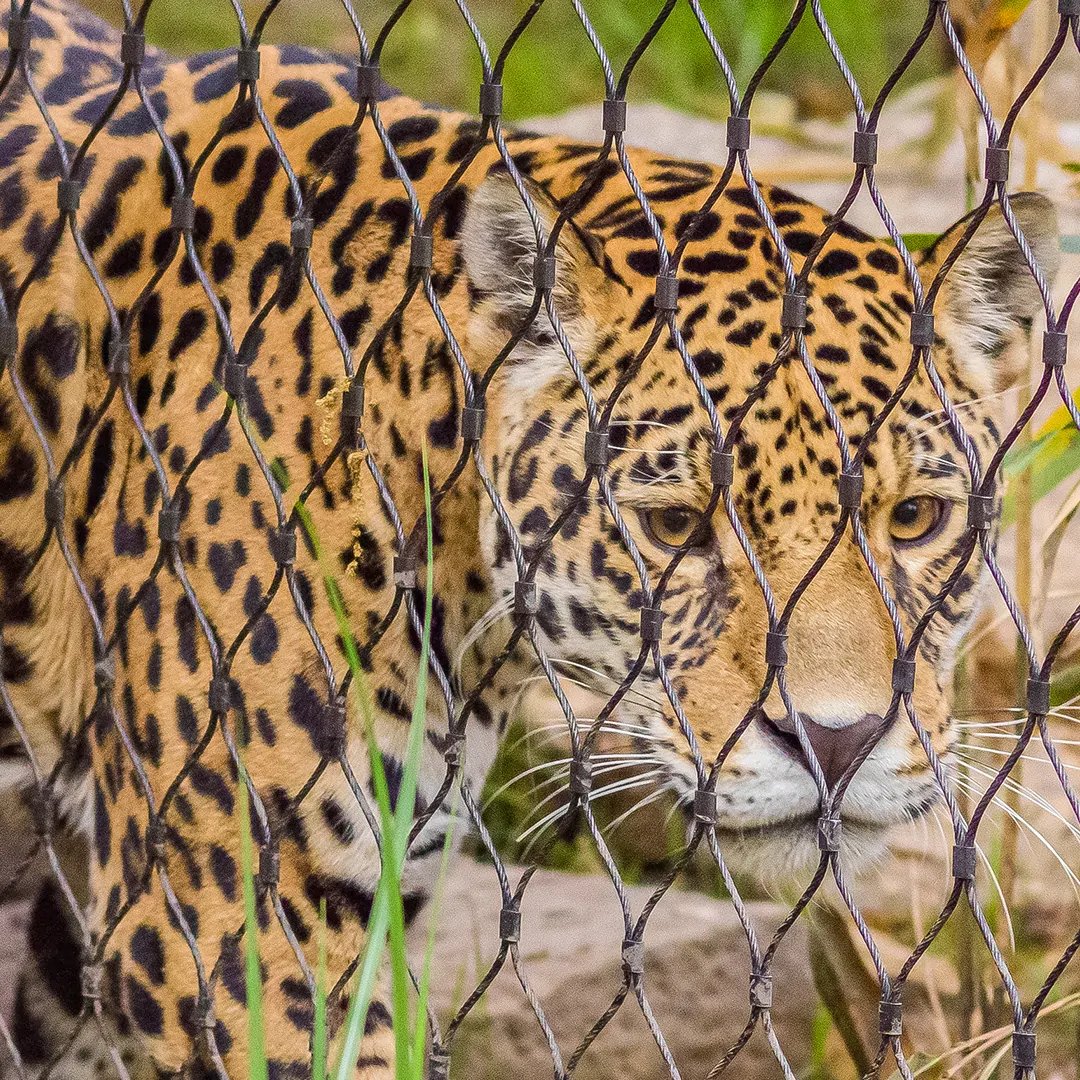
Conclusion Zoo Mesh
Zoo mesh is an integral component of modern zoos, providing safe and visually appealing enclosures for a wide variety of animal species. By understanding the different materials, types of mesh, and factors to consider when selecting the right mesh for each species, we can appreciate the role zoo mesh plays in ensuring the well-being of animals and providing an engaging and educational experience for visitors. As zoos continue to evolve and prioritize animal welfare, advancements in zoo mesh technology will undoubtedly play a critical role in shaping the future of zoo design and management.




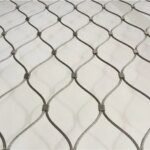 退貨政策
退貨政策 不鏽鋼電纜交織網是完美的選擇
不鏽鋼電纜交織網是完美的選擇 不鏽鋼電纜開孔套圈網
不鏽鋼電纜開孔套圈網 動物園網格: 加強動物園的安全和福祉
動物園網格: 加強動物園的安全和福祉 動物園網格: 安全和引人入勝的動物圍欄的關鍵
動物園網格: 安全和引人入勝的動物圍欄的關鍵